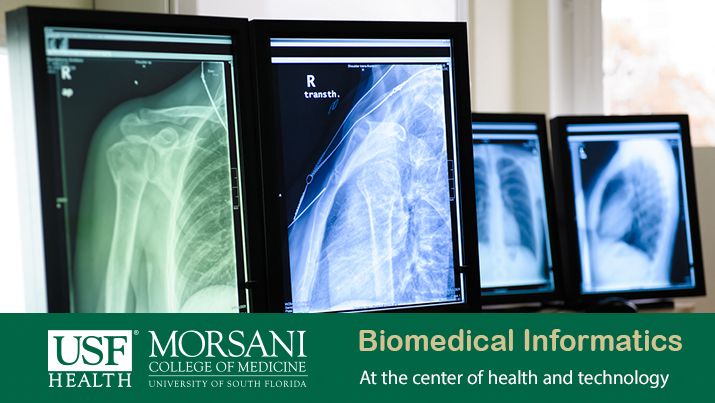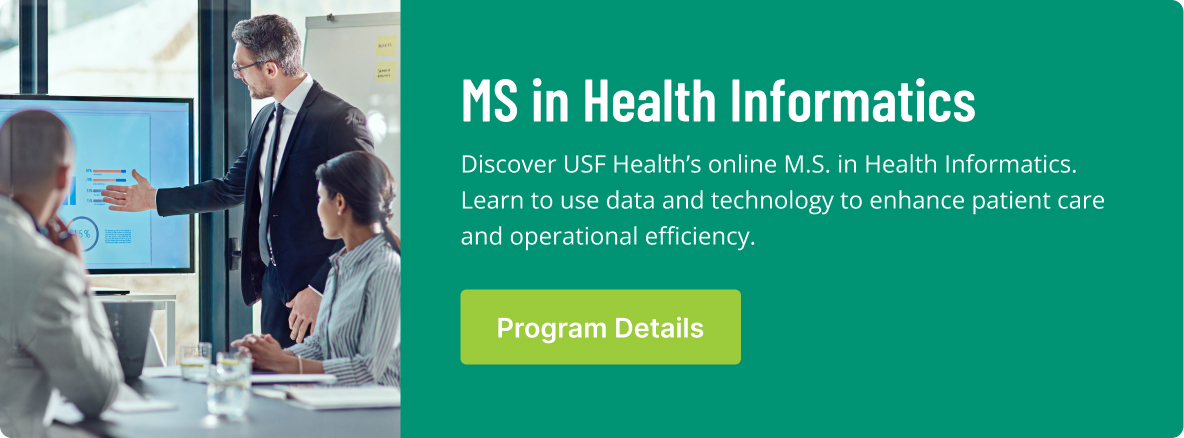Biomedical Informatics is an interdisciplinary field seeking to study and advance the use of biomedical data for scientific study, problem solving and charting the best path to improve human health.
According to the American Medical Informatics Association, biomedical informatics applies theories and processes to help generate, store, retrieve, use and share biomedical data by advancing computing, communication and information science as it applies to biomedicine.
It investigates, simulates, experiments with and translates a wide swath of biological systems to connect basic and clinical research with practical application for the overall betterment of healthcare. It does not lose sight of the human element, incorporating social and behavioral science into the equation when evaluating technical solutions.
Biomedical informatics can be used by clinicians, scientists, researchers, educators and other professionals whose primary job function is to connect people with information and technology.
Biomedical Informatics Sub-Fields
Biomedical informatics encompasses four subfields – public health, clinical, imaging and bioinformatics – while incorporating the component sciences, including computer, clinical, basic biomedical, cognitive, bioengineering, management, epidemiology and statistics.
- Public health Informatics focuses on society as a whole, such as preparing for a bioterrorist attack or expanding upon an existing application such as the National Notifiable Disease Surveillance System.
- Clinical informatics is patient-based, and can be applied to issues such as collecting, managing, storing and disseminating electronic medical records.
- Imaging informatics focuses on tissues and organs by advancing applications such as the computerized tomography scanner, which utilizes software algorithms to render a three-dimensional image of specific organs.
- Bioinformatics deals with molecular and cellular processes, such as genomic sequencing.
Working in the Field
In order to harness the power of biomedical informatics, aspiring practitioners must first learn the history of the discipline and how it relates to other fields. It demands the ability to analyze problems in terms of data and then produce solutions that can be defended and stated in a way that explains why that solution is better than a competing option.
Biomedical informaticians must be capable of carrying out a solution to assess its potency while improving its design, if necessary. Innovation is key for creating new processes, often while working collectively with a group of peers from other disciplines. Finally, biomedical informaticians must be able to communicate findings effectively, both in writing and orally.
Each core competency involves a basic tenant – the ability to understand and relate health information, its concepts and models to a vast spectrum spanning from molecules to the entire human population.




